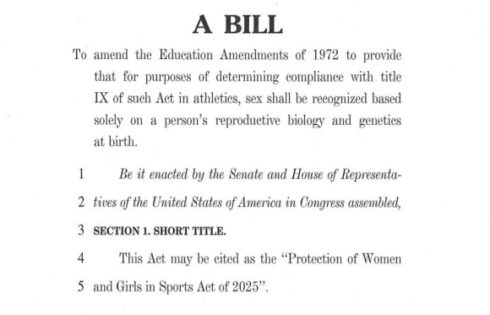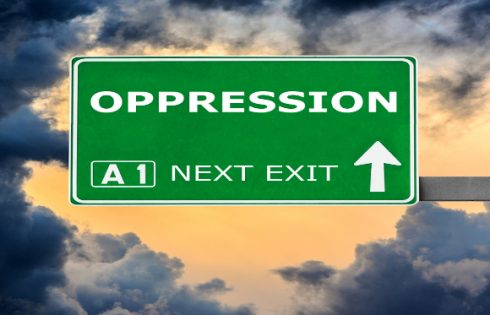
Ten days ago a report showed that male professors at the University of New Mexico make — gasp! — almost $15,000 more per year than their female peers.
Knowing the contemporary academy as we do, such a situation cannot be allowed to stand!
But, alas, just like the oft-cited “77 cents (or whatever figure du jour) to the dollar” figure, the UM “gap” isn’t quite as large as reported, nor the reasons for it as implicitly nefarious.
Albuquerque Business First reports:
In a statement to Business First, the university says it incorrectly reported salary data to the Integrated Postsecondary Education Data System (IPEDS), which is a program within the National Center for Education Statistics, the statistics are based on the average nine-month-equivalent salary. Salary data for assistant professors, for example, was not included.
According to Greg Heileman, associate provost, the wage gap between men and women is much smaller when looking specifically at educator roles. During the 2013-2014 academic year, female professors made 5.5 percent less than male professors, associate professors made 4.4 percent less and lecturers made 7.4 percent less. On the other hand, male instructors made almost 30 percent less than their female counterparts during 2013-2014. UNM says data provided to Business First (see accompanying chart) illustrates that the wage gap was tightened during the 2014-2015 academic year.
The school has also launched a study “to identify and analyze all pay gaps,” and says it’s identified 30 factors that should be considered when determining faculty pay such as credentials, experience and so on.
In addressing the existing wage gaps, the school said it’s not unique. While re-stating its commitment to equal pay, the school reiterated remarks that Provost Chaouki Abdallah made in an interview with Business First last week, saying, “Some differentials are matters of market forces. A female law professor, for example, makes more than a male history professor at the same rank. Also, women have traditionally been more reticent to negotiate for higher salaries than men have. We are determined to remedy inequities not created by market forces, and to empower all faculty to advocate on their own behalf.”
How ’bout that? Market forces.
Abdallah said also that “women not negotiating and delaying careers and promotions for family” contribute to the gap.
Like The College Fix on Facebook / Follow us on Twitter






Please join the conversation about our stories on Facebook, Twitter, Instagram, Reddit, MeWe, Rumble, Gab, Minds and Gettr.